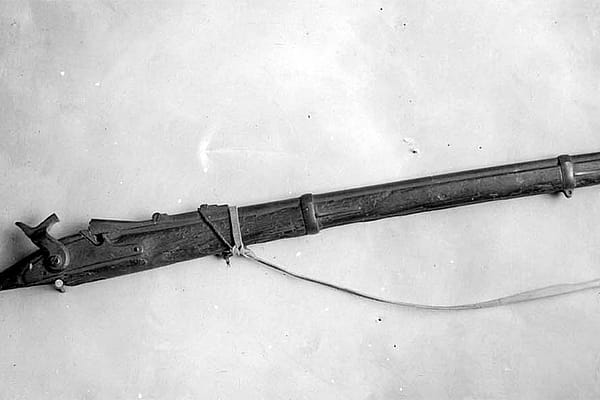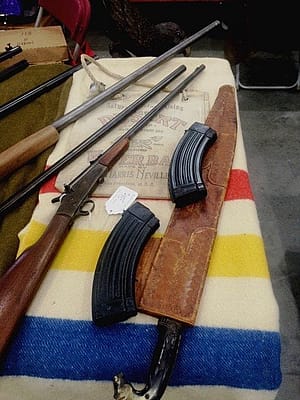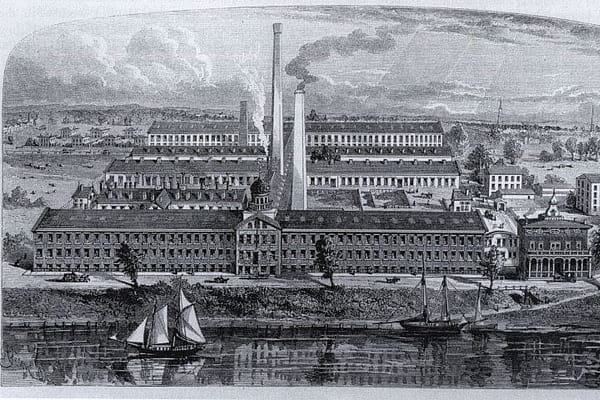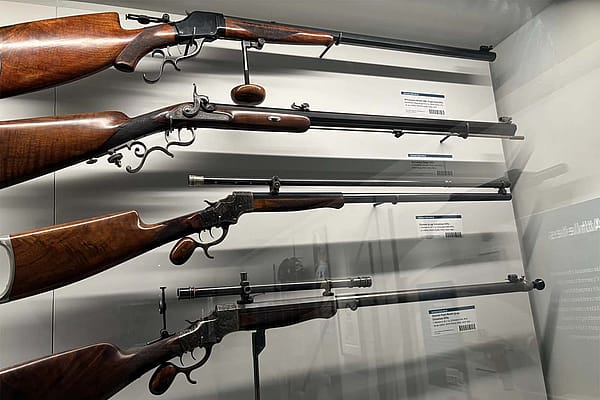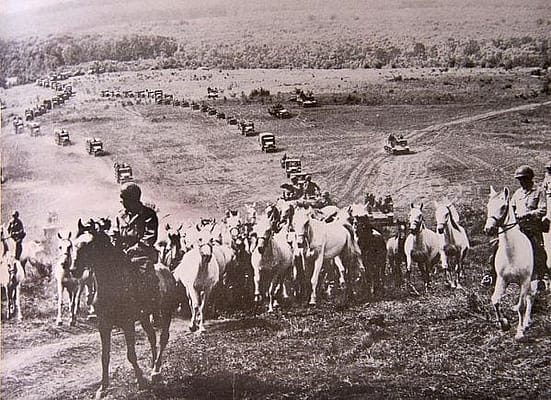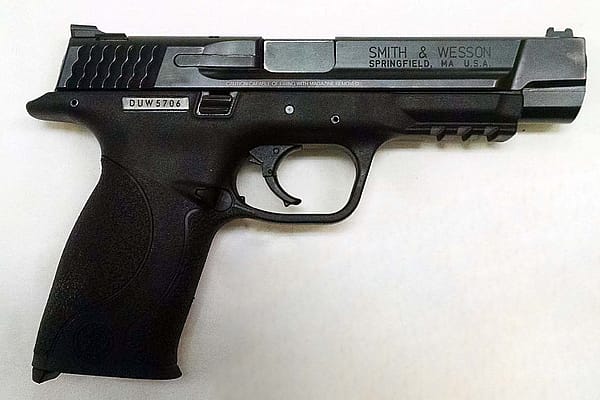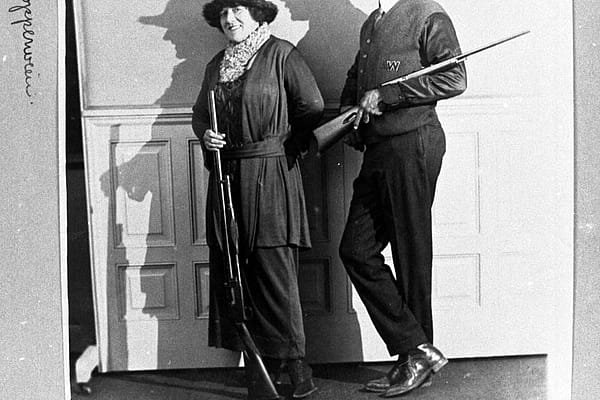
Powder Hour: Evolution of Firearms
Early Ignition Systems
Since the introduction of black powder around 1250, cultures have been finding ways to create and improve firearms. The very first firearms that have been discovered are hand cannons that date back to 1364. These hand held devices would work by means of a wick that would be connected to a touch hole, Gun powder and a projectile were loaded through the muzzle. From then on, firearms were embedded into our history.

The hand cannon and black powder created an emergence of firearm evolution. When the matchlock was developed in the 1400s, more and more technologies in firearms really started to develop. The matchlock was the first “mechanical” type firearm that advanced the hand cannon. The match lock simply created a resting place for the match called a serpentine arm. Once the trigger was pulled the match would move to the touch hole. Therefore, after loading through the muzzle and priming the gun, you would then place the match on the serpentine and open the flash pan, when you pulled the trigger, the match would ignite the gun powder. Of course this was an improvement from the hand cannons and aiming was vital in battle, they were not very accurate and would be worthless in the rain.

By the next century, the advancement to wheellock was constructed. It was the next major advancement in firearms technology. By spinning a spring loaded wheel in a wheel lock, pyrite loaded in the dogshead would be used to ignite the gunpowder. The wheellock was more reliable in bad weather conditions due to a cover on the priming pan and the absence of a slow burning match. Due to the mechanics of the wheellock, they were very expensive to produce and repair. The matchlock was still greatly used even when the wheellock was produced. The inventor of the wheellock is often debated by scholars and thought to be either a German inventor or even Leonardo da Vinci.
Advancement to Flintlock

By the seventeenth century, using flint to produce a spark gave way to the flintlock. At the hammer, a piece called a vice held a piece of flint. The flint would strike a plate (frizzen) when the trigger was pulled. Misfires were common with flintlocks. The flint had to be maintained so that it stayed sharp enough to create a spark. The flintlock mechanism was popular until the percussion system was developed. These firearms were easy to obtain, which also made them very popular. One of the famous flintlock muskets was the Brown Bess, which was significantly used by both sides in the American Revolutionary War. The Springfield Model 1840 was the last flintlock musket produced for the U. S. Military and it saw service with the Army of Tennessee in the Civil War.
Birth of Percussion
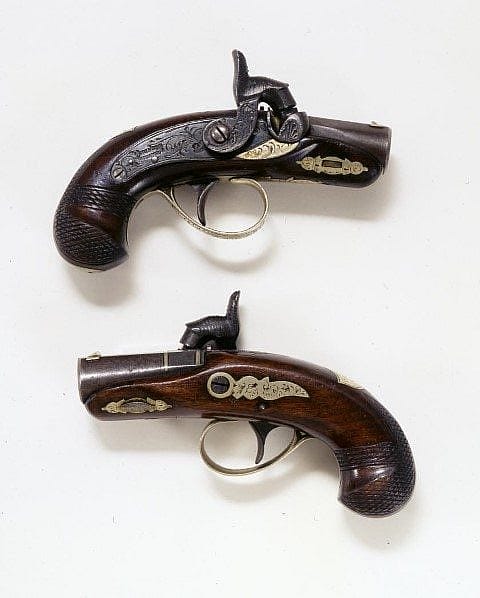
Reverend Alexander John Forsyth invented the percussion cap system in the early nineteenth century. The system eventually took over the large popularity of the flintlocks. Instead of a flash pan, the firearms would use percussion caps that would be placed over cones. As the trigger is pulled, the hammer ignites the primer in the percussion cap. Using a percussion cap firearm was more reliable than flintlock, especially in harsh weather conditions. Even though this system was greatly used in the Civil War, it was difficult to handle the small caps during the stress of combat, especially on horseback. Nevertheless, many were used in battle such as Colt revolvers. The system was still a major advancement from flintlock by limiting having to carry around various gun powders that could potentially get wet. After the percussion system grew in popularity, many flintlock systems were converted to percussion systems.
Written By
Rebecca Hoback
Rebecca Hoback is from Nashville, Tennessee. She is a graduate from the University of Tennessee at Chattanooga, where she earned a bachelor’s degree in History. In 2016, she served as a Cody Firearms Museum Intern as well as a Firearms Records Intern. Her interest is in Civil War history and the history of the American West. She went on to study for her master’s degree in History with a concentration in Public History, and pursue a career as a curator.
